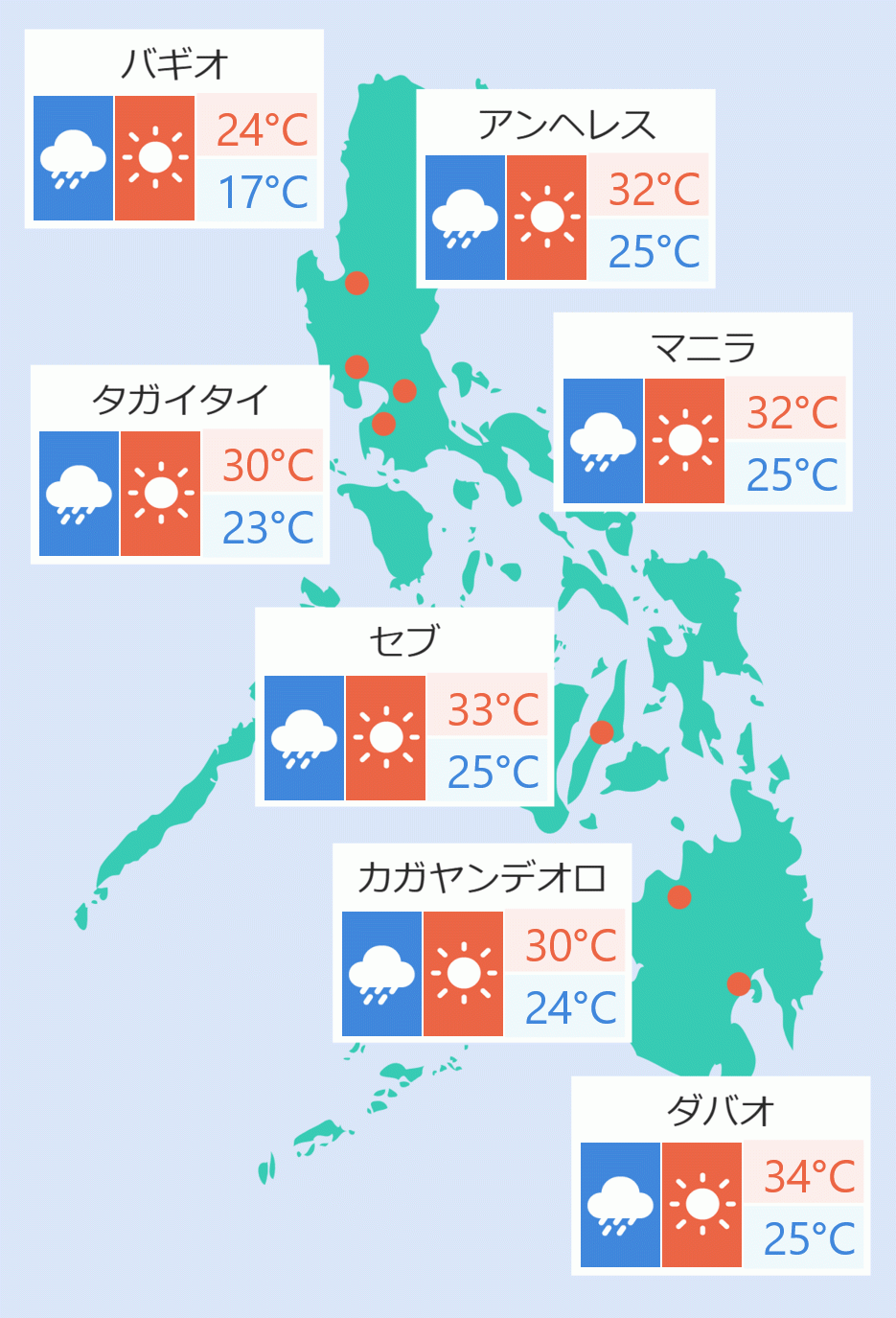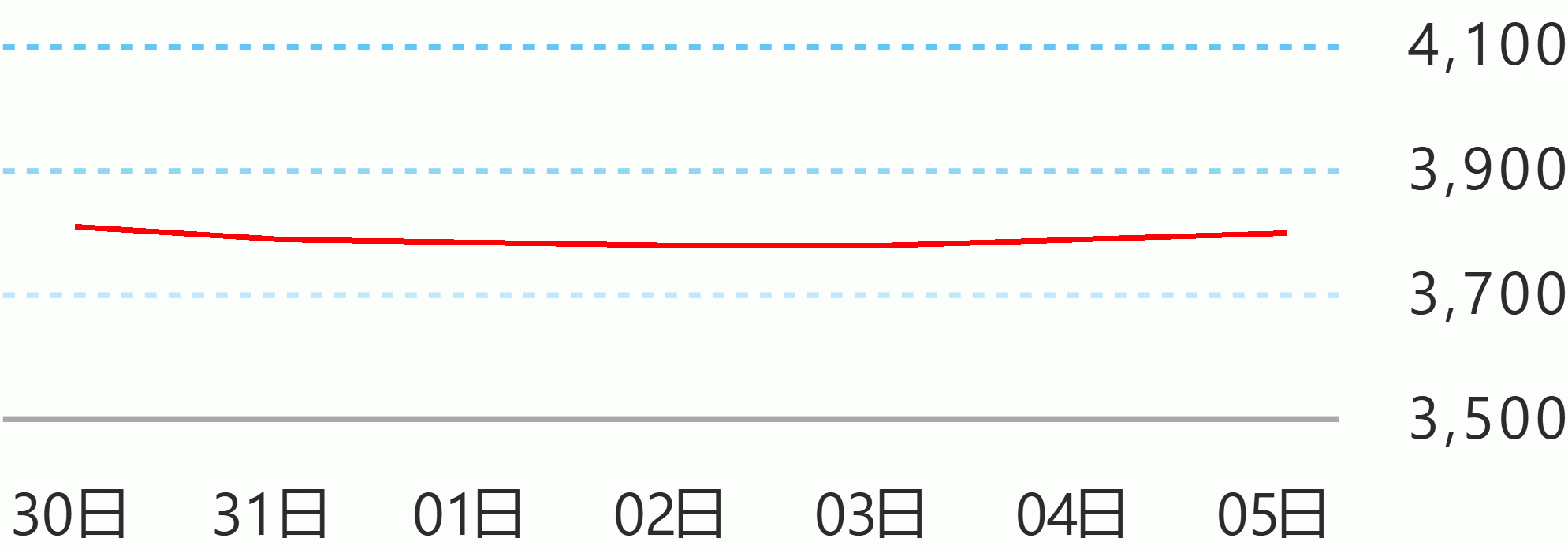The Philippines is “most likely” to lift its COVID-19 health emergency status this year, an expert said Thursday.
“It’s important that we have monitored our cases for the past several months and we saw that our cases didn’t go past 1,000 a day. That’s one indicator that our cases are low. Our positivity rate has become stable. It has become five to six percent which is part of the acceptable positivity rate, said Rontgene Solante, an infectious diseases expert told the “Laging Handa” briefing.
''And it is an important indicator to see that the hospitals are not full. The hospitalization rate has declined, the ICU utilization rate has declined and our cases are stable and manageable. It no longer disrupts the lives of Filipinos,” he added.
“I think we are in a better position now compared to previous years. And most likely we will be able to lift the public emergency because we wouldn’t need the public health emergency,” he added.
Solante said the country should strengthen the healthcare system even if it lifts the public health emergency to be prepared for sudden spikes in COVID-19 cases.
“When we lift the public health emergency, we should see to it that our healthcare system should always be prepared, If, for example, cases rise there should be corresponding services and the right equipment to be used. So the health system management of the different hospitals, whether it’s primary, secondary, or tertiary, is continuous. We have to strengthen the response and fully equip all these healthcare systems,” he said.
According to the Department of Health (DOH) Wednesday, the country has a total of 4,084,25 COVID-19 cases. Of this number, 9,354 are active cases, 4,008, 470 have recovered and 66,431 have died.
Solante said the vulnerable population would be prioritized in giving bivalent COVID-19 vaccines since there are only limited stocks.
“At this point in time, since we still have plenty of stocks of the monovalent vaccines, we will prioritize it for the general population. While, when the bivalent vaccines arrive, since the stocks are limited, I think there will only be one million doses of that, then we will prioritize the vulnerable population. That includes the elderly population, immunocompromised, and healthcare workers,” he said.
A monovalent vaccine is a vaccine with one strain of the virus while the bivalent vaccine has two strains. Jaspearl Tan/DMS





 English
English









